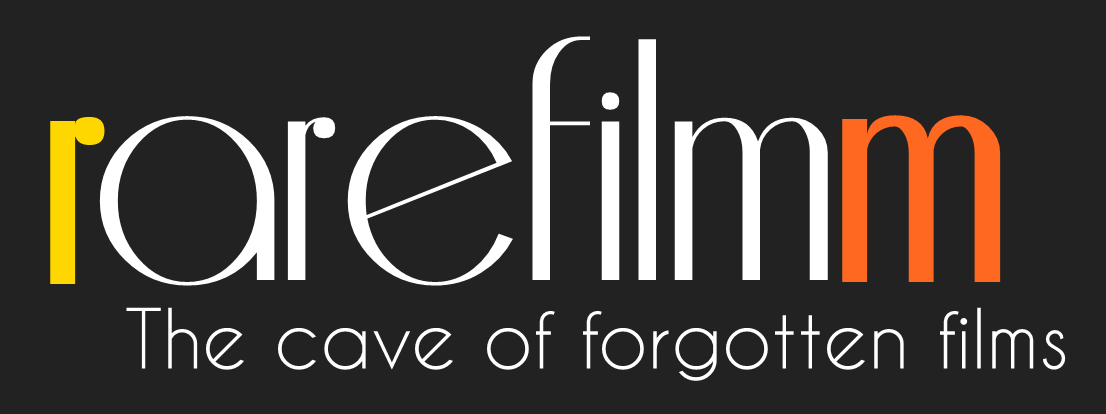Here the different poses of the artist provide the raw material for Peter Kubelka to create an ecstatic work that deals with rhythm and repetition, as much as with human actions and automatisms. Together with Mosaic and Afrikareise, Kubelka considers this to belong to his metaphoric film work.
Category: Experimental
Brocani conjures together all your favourite European cultural and historical myth figures in order to attack the centuries of ‘sublimation’ that have produced our cities and their inhabitants. The gang’s all here: Frankenstein’s monster gropes towards the awareness that his mind is a universe; Attila, naked on a white horse, liberates his people from their ignominy; the ultra-caustic Viva bemoans the frustrations of married life and drifts into the elegiac persona of the Bloody Countess Bathory; Louis Waldon is a hip American tourist searching for the (missing) Mona Lisa. The range is extraordinary, from stand-up Jewish comedy to a kind of flea-market expressionism. Brocani’s approach is contemplative rather than agitational, which confounds the impatient; Gavin Bryars’ lovely Terry Riley-esque score matches the ambience exactly.
A man wearing a mask of King Kong walks through a maze unrolling a ball of thread. Franco Brocani renewes his interest in the dens of perdition providing a free vision of the classic myth of the Minotaur. Shot in an art gallery in Rome and adapted from a story by Jorge L. Borges.
Sándor Sára’s short experimental film juxtaposes pitiful war memorials against actual footage from the First World War. Thus, by exploiting the power of montage, the absurdity of celebrating war is brought to the fore along with the tragedy of how ordinary people are manipulated by ideologies and then despatched to the slaughterhouse. Pro Patria can be viewed as the overture in Sára’s film series on war, in which he does not yet apply the medium of the ‘talking heads’ documentary but instead the montage art form in order to dig deep into the subject: the tragic truth of the individual sent off to battle.
The Idea of North is part filmed docudrama, part fantasy, part forerunner of music television. Based on the radio play by Glenn Gould, North’s montage of words, images and music tells a universal story of the quest for our last frontier. A young man boards a train going North. It is a real train on a scheduled run, yet also a train of mind and mythology. As the journey unfolds, he chats with a seasoned guide, and passes his time in reading, watching the rugged landscape and speculating about his fellow travelers. He encounters four of them in his imagination, sharing their memories and the challenges that transformed their lives in the North.
?O, Zoo! (The Making of a Fiction Film) is ostensibly about the making of Peter Greenaway’s feature film, A Zed and Two Noughts, the production of which Phil Hoffman was invited to the Netherlands to observe. However, Hoffman’s film actually concerns the terms and conditions under which it was itself made. In part, the film translates actuality and memory into invention and fiction in which the symbolic father is cast as a real ancestor. Hoffman rewrites the Canadian documentary tradition into a family memory and romance.
Passing Through/Torn Formations is a wide open ramble through the labyrinth of memory… The film deals with the life and history of Philip Hoffman’s Czech-born mother and her family, as presented as a kind of polyphonic recitation of words, of images and of sounds.
Material was cut in as it came out of the camera, embarrassing moments intact. 100′ rolls timed well with music on old 78s. I was interested in immediacy, a sense of ease, and an art where suffering was acknowledged but not trivialized with dramatics. Whimsy was our achievement, as well as breaking out of step. – Ken Jacobs.

 For any questions or requests you can always find me at rarefilmm@gmail.com. Stay tuned for those new movies! Thank you once again for all the love and support and thanks a lot to everyone who keeps spreading the word about the site, the rarefilmm community is truly amazing, I'm very grateful for all your love and support
For any questions or requests you can always find me at rarefilmm@gmail.com. Stay tuned for those new movies! Thank you once again for all the love and support and thanks a lot to everyone who keeps spreading the word about the site, the rarefilmm community is truly amazing, I'm very grateful for all your love and support 
